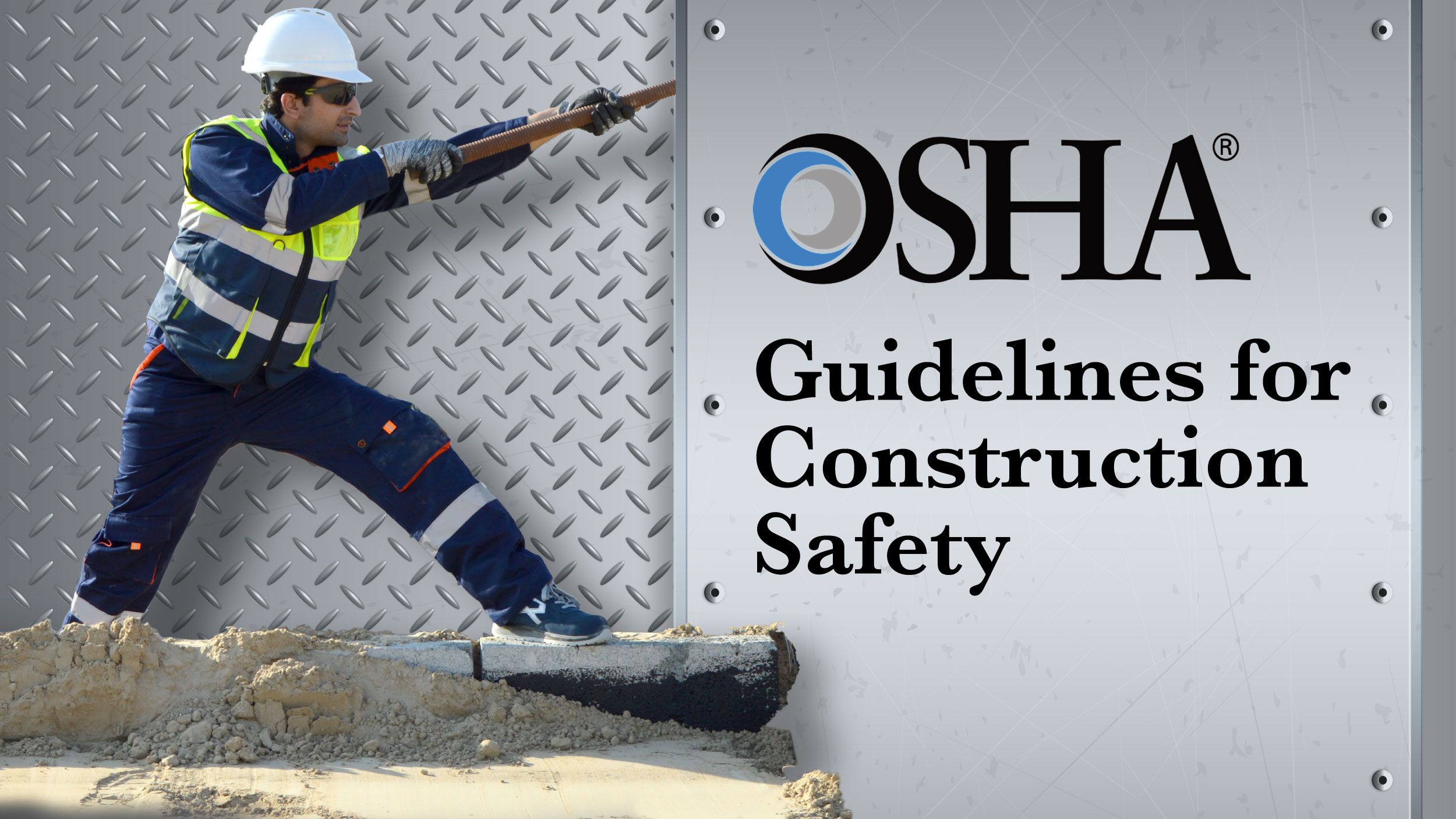21 Ways to Stay Compliant When Building a New Home
When building a new home, it's important to stay compliant with local building codes, regulations, and permits. Here are 21 ways to ensure compliance during the construction process:
Research local building codes: Familiarize yourself with the specific building codes and regulations in your area before starting the construction process.
Hire a licensed contractor: Work with a reputable and licensed contractor who has experience in your area and is knowledgeable about local building codes.
Obtain necessary permits: Obtain all the required permits and approvals from the local building department before starting any construction activities.
Follow approved architectural plans: Ensure that the construction aligns with the approved architectural plans and that any changes are properly documented and approved.
Use approved materials: Use building materials that meet the required standards and comply with local codes and regulations.
Adhere to setback requirements: Follow the setback requirements for the placement of your home on the property, ensuring proper distance from property lines, roads, and other structures.
Install proper fire safety measures: Install smoke detectors, fire alarms, and fire extinguishers in accordance with local fire safety regulations.
Meet energy efficiency standards: Incorporate energy-efficient features and materials that comply with local energy codes, such as insulation, windows, and HVAC systems.
Install proper electrical wiring: Ensure that electrical wiring is installed by a licensed electrician, following electrical codes and safety standards.
Install proper plumbing systems: Use licensed plumbers to install plumbing systems that meet local plumbing codes and regulations.
Properly handle hazardous materials: Dispose of hazardous materials, such as paint, solvents, and chemicals, according to local regulations and guidelines.
Maintain construction site safety: Implement safety measures to protect workers and the public during the construction process, following Occupational Safety and Health Administration (OSHA) guidelines.
Inspections at key stages: Schedule and pass required inspections at various stages of construction, such as foundation, framing, electrical, plumbing, and final inspections.
Accessibility compliance: Ensure that your home meets accessibility requirements, such as ramps, handrails, and accessible doorways, if mandated by local codes.
Proper drainage and grading: Plan for proper drainage and grading to prevent water accumulation and damage, complying with local drainage regulations.
Install proper ventilation systems: Install proper ventilation systems in areas like kitchens, bathrooms, and laundry rooms to comply with ventilation codes and prevent moisture-related issues.
Install proper egress windows: Install egress windows in basement areas to comply with safety codes and provide a safe exit in case of emergencies.
Comply with environmental regulations: Follow local environmental regulations regarding landscaping, erosion control, and protection of natural resources.
Proper waste disposal: Dispose of construction waste and debris in accordance with local regulations, recycling whenever possible.
Maintain documentation: Keep accurate records of all construction-related documents, including permits, inspection reports, and contractor agreements.
Finalize compliance checks: Before moving into the home, conduct a final compliance check to ensure that all building codes and regulations have been met.
Remember, compliance with building codes and regulations is essential for the safety, functionality, and value of your new home. It's recommended to consult with professionals, such as architects, contractors, and local building officials, to ensure that your construction process remains compliant throughout every stage.




Comments
Post a Comment